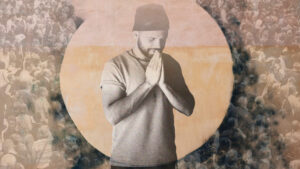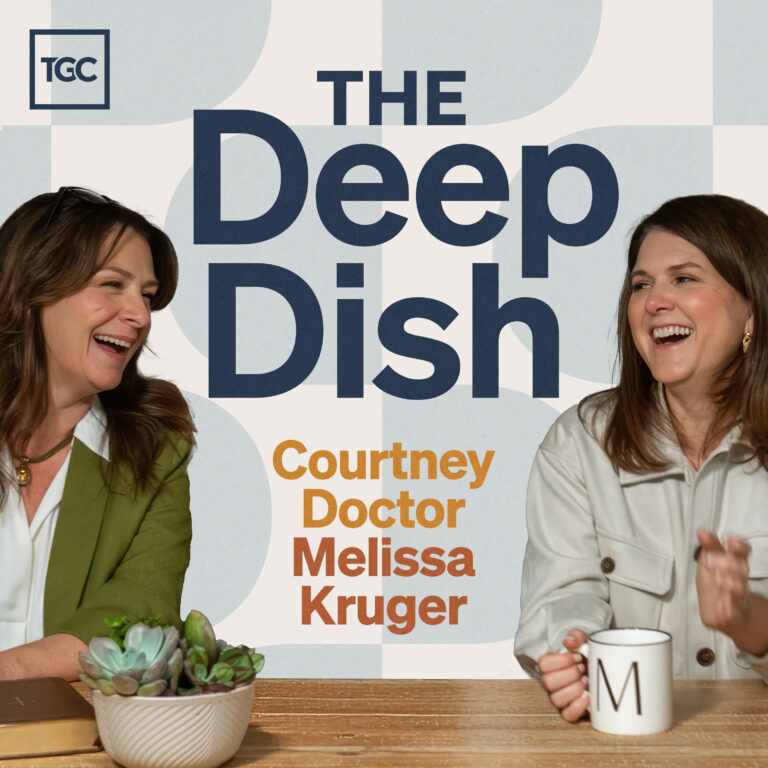Fifty years ago this month, President Lyndon B. Johnson launched the ‘war on poverty’ an attempt to harness the power of government to help the poor. Here are nine things you should know about poverty in America.
1. The official method of measuring poverty in America has remained largely unchanged since the early 1960s. The poverty thresholds (or poverty line) were originally developed in 1963-1964 by Mollie Orshansky of the Social Security Administration. Orshansky based her poverty thresholds on the economy food plan — the cheapest of four food plans developed by the Department of Agriculture. The actual combinations of foods in the food plans, devised by Agriculture Department dietitians using complex procedures, constituted nutritionally adequate diets; the Agriculture Department described the economy food plan as being “designed for temporary or emergency use when funds are low.” The methodology for calculating the thresholds was established in the mid-1960s and has not changed in the intervening years.
2. The poverty threshold is based on the average amount of income spent on food in 1955. At the time families spent about 33% of their income on food, so Orshansky calculated poverty thresholds for families of three or more persons by taking the dollar costs of the economy food plan for families of those sizes and multiplying the costs by a factor of three — the “multiplier.” The methodology for calculating the thresholds was established in the mid-1960s and has not changed in the intervening years, though the thresholds are updated annually to account for inflation. Today, Americans spend an average of 6.8% of their income on food – the lowest percentage in the world.
3. The federal poverty guideline for a family of four in the 48 contiguous states and D.C. was $23,550 in 2013. (The median household income in 2012 was $51,017.)
4. Most antipoverty efforts by churches are not reflected in the official poverty calculations. Government and private programs aimed at relieving poverty do not lower the official poverty rate since that measure counts only monetary income. Antipoverty programs such as food stamps, housing assistance, the Earned Income Tax Credit, Medicaid, school lunches, as well as all private food, clothing, and service donations are considered “in-kind benefits” — and hence not income.
5. From the beginning on the war on poverty until 2012, local, state, and federal spending on welfare programs has totaled $15,000,000,000,000. Currently, the United States spends nearly $1 trillion every year to fight poverty. That amounts to $20,610 for every poor person in America, or $82,440 per poor family of four (3.5 times the amount necessary to bring them above the poverty line).
6. When the War on Poverty was announced in 1964, 33 million Americans were in poverty and the official poverty rate was 19%. Today, approximately 46.5 million Americans live in poverty and the official poverty rate is 15%. However, some estimates claim that if in-kind benefits are included in income, poverty rates would have declined to between 0% and 5%.
7. The poverty rate among married couples is only 6 percent. Among married couples who both have full-time jobs the poverty rate is practically zero (0.001%). The poverty rate among single-dads/moms is much higher: 25% for single dads / 31% for single moms.
8. According to the U.S. Census Bureau figures, the average household living in poverty in America has more amenities and a higher standard of living than in most other countries. The typical poor household, as defined by the government, has a car and air conditioning, two color televisions, cable or satellite TV, a DVD player, and a VCR. If there are children, especially boys, the family has a game system, such as an Xbox or PlayStation. In the kitchen, the household has a refrigerator, an oven and stove, and a microwave. Other household conveniences include a clothes washer, clothes dryer, ceiling fans, a cordless phone, and a coffee maker. The home of the typical poor family is in good repair and is not overcrowded. In fact, the typical average poor American has more living space in his home than the average (non-poor) European has. By its own report, the typical poor family was not hungry, was able to obtain medical care when needed, and had sufficient funds during the past year to meet all essential needs.
9. The most destitute Americans are often those classified as either temporary and chronic homeless. On a single night in 2012 there were 633,782 homeless people in the United States (0.2% of the total population), including 394,379 who were homeless as individuals and 239,403 people who were homeless in families. In 2012, 99,894 people were chronically homeless, representing just fewer than 16 percent of all homeless people. Chronic homelessness has declined by 19.3 percent since 2007.
Other posts in this series: 9 Things You Should Know About Christmas • 9 Things You Should Know About The Hobbit • 9 Things You Should Know About the Council of Trent • 9 Things You Should Know About C.S. Lewis • 9 Things You Should Know About Orphans • 9 Things You Should Know about Halloween and Reformation Day • 9 Things You Should Know About Down Syndrome • 9 Things You Should Know About World Hunger • 9 Things You Should Know about Casinos and Gambling
“The Most Practical and Engaging Book on Christian Living Apart from the Bible”
 “If you’re going to read just one book on Christian living and how the gospel can be applied in your life, let this be your book.”—Elisa dos Santos, Amazon reviewer.
“If you’re going to read just one book on Christian living and how the gospel can be applied in your life, let this be your book.”—Elisa dos Santos, Amazon reviewer.
In this book, seasoned church planter Jeff Vanderstelt argues that you need to become “gospel fluent”—to think about your life through the truth of the gospel and rehearse it to yourself and others.
We’re delighted to offer the Gospel Fluency: Speaking the Truths of Jesus into the Everyday Stuff of Life ebook (Crossway) to you for FREE today. Click this link to get instant access to a resource that will help you apply the gospel more confidently to every area of your life.


































